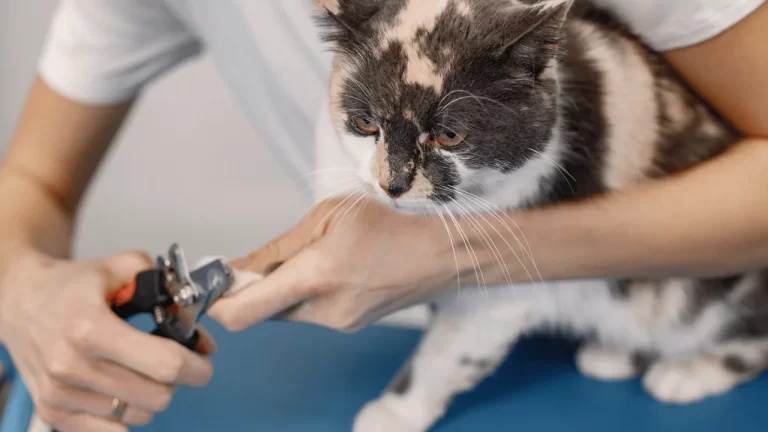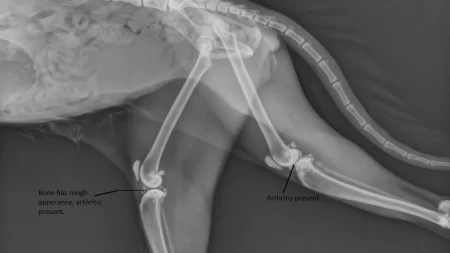No, cat nails do not have poison. This is a common myth that has no scientific basis. Cat claws are sharp and curved, but they do not contain any venomous substance that can harm humans or other animals.
However, cat scratches can still pose some health risks, such as bacterial infections and cat scratch disease.
In this article, we will debunk the myth of cat claws and poison, explain the potential dangers of cat scratches, and provide some tips on how to prevent cat scratch infections.
Debunking the Myth: Cat Claws and Poison
There is no evidence that cat claws have poison. Cats are not venomous animals, and their claws are not designed to inject any toxin into their prey or enemies. Cat claws are simply modified nails that grow from the end of their toes. They are made of keratin, a protein that also forms human nails and hair.
The myth of cat claws and poison may stem from some misconceptions about the sharpness and function of cat claws. Cat claws are very sharp and curved, which help them to catch and hold their prey, climb trees, mark their territory, and defend themselves. Some people may think that cat claws are like snake fangs or scorpion stingers, which can deliver venom through a puncture wound. However, this is not the case. Cat claws are not hollow or connected to any gland that produces poison.
Potential Dangers of Cat Scratches
Although cat claws do not have poison, cat scratches can still cause some health problems. This is because cat scratches can break the skin and introduce bacteria from the cat’s mouth or environment into the wound. One of the most common bacteria that can cause infection from a cat scratch is Bartonella henselae, which is found in about 40% of cats, especially kittens.
Bartonella henselae causes cat scratch disease (CSD), which affects 12,000 Americans annually. CSD causes a red lump or blister at the scratch or bite and swollen, painful lymph nodes around. Fever, headache, weariness, lack of appetite, and joint discomfort are among the symptoms. Most instances of CSD are mild and self-limiting, but uncommon occurrences might cause encephalitis, endocarditis, hepatitis, or ocular infections.
How to Prevent Cat Scratch Infections?
The best way to prevent cat scratch infections is to avoid getting scratched or bitten by a cat in the first place. However, this may not always be possible, especially if you own a cat or interact with cats frequently. Therefore, here are some tips on how to prevent cat scratch infections:
- Properly clean and treat cat scratches: If you get scratched or bitten by a cat, wash the wound immediately with soap and water. Apply an antiseptic cream and cover it with a bandage. Change the bandage daily and watch for signs of infection such as redness, swelling, pus, or fever. If you notice any of these signs, see your doctor as soon as possible.
- Regularly trim your cat’s claws: Trimming your cat’s claws every two to three weeks can help reduce the damage they can cause to your skin and furniture. Use a pair of nail clippers designed for cats and cut only the tip of the nail, avoiding the quick (the pink part with blood vessels and nerves). If you are not sure how to trim your cat’s claws, ask your veterinarian or groomer for guidance.
- Educate yourself and others about cat scratch infections: Many people are unaware of the potential risks of cat scratches and may not take them seriously. Educate yourself and others about the causes, symptoms, and prevention of cat scratch infections. If you have children or elderly people in your household who may be more susceptible to infection, teach them how to handle cats safely and gently.







